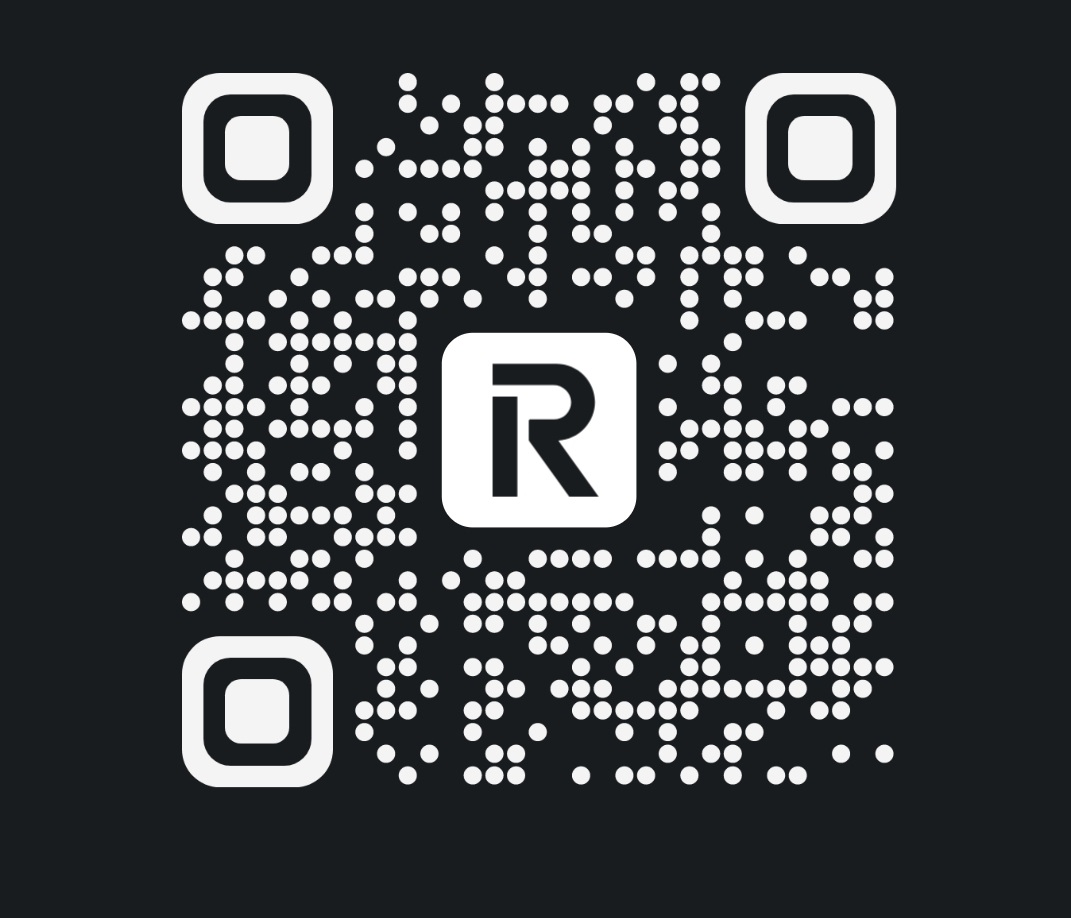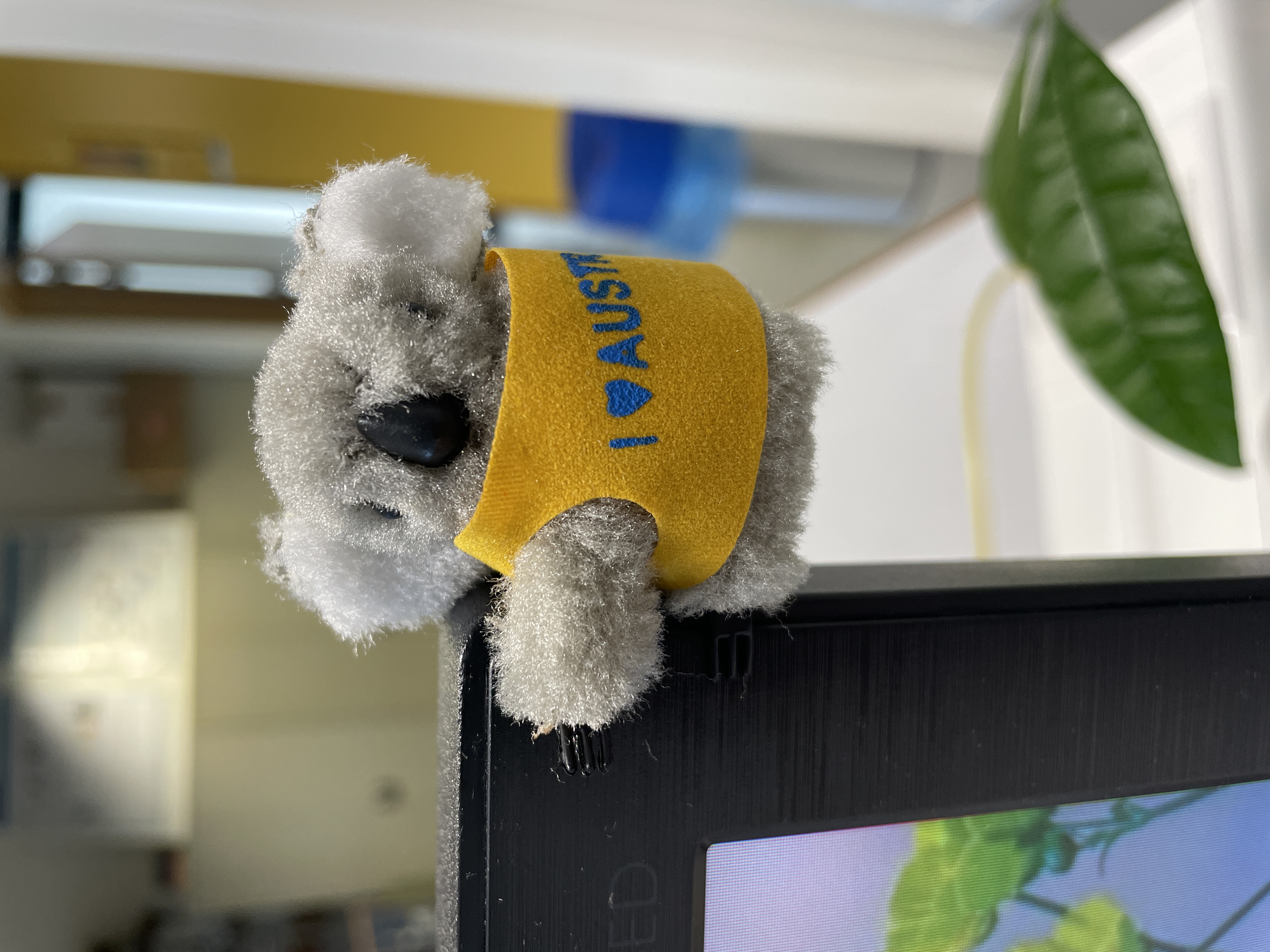seminar_eWEAR Seminar_Sleep wearables

Multiscale Biofabrication Towards System ‘Engineering’ Biology
Talk 1: Wearable Sensors for Real-World Circadian Monitoring — From Science to Application
Speaker: Lara Weed
Position: PhD Candidate
Affiliation: Department of Bioengineering, Schools of Engineering & Medicine, Stanford University
🧠 Background
The external (mechanical) clock is engineered for consistency:
- Fixed 24-hour period
- Constant ticking rate
- Can be reset instantly to any time
- Behaves the same regardless of when it’s adjusted
The circadian clock, however, is optimized for adaptability. It aligns internal time with the external environment:
- Approximate 24-hour period
- Variable ticking rate
- Resets gradually
- Response depends on timing of the reset
📌 Example: Jet lag — a mismatch between internal circadian time and the external clock.
🕵️♀️ The Problem
While wearables can track physiological and behavioral data, they cannot directly measure circadian timing.
Why?
Circadian influence on peripheral systems (e.g. heart rate, body temperature) is masked by regular activities.
💡 The Solution
Combining:
- Wearable light exposure tracking
- A model of individual light sensitivity
→ Produces a circadian phase model.
🛠️ Real-World Translation with Wearables
To make this practical, several applied questions need to be addressed:
Data & Participants:
How does the pattern of light exposure affect the model’s accuracy?Recording Duration:
How many days of data are needed for reliable circadian timing estimates?
Talk 2: Development of Samsung’s Sleep Apnea Feature
Team: Digital Health Solutions
Speaker: Matt Wiggins
Role: Head of Digital Health Solutions Lab
💤 Obstructive Sleep Apnea (OSA)
What happens?
Soft tissues in the throat collapse during sleep → blocked airway.
Severity levels:
- Mild
- Moderate
- Severe
Common comorbidities:
- Hypertension
- Diabetes
- Heart failure
- Stroke
- Obesity
Treatment options:
- CPAP
- Weight loss
- Lifestyle adjustments
- Sleep position therapy
⚠️ Challenges
- Highly prevalent
- Often underdiagnosed
- Serious health impacts
📊 System Overview

Algorithm Highlights:
- Detects breathing disruptions by identifying SpO₂ dips
- SpO₂ is estimated from Red/IR PPG signals on the smartwatch
- Computes Estimated Apnea-Hypopnea Index (eAHI)
- Diagnostic criteria: 2 nights with eAHI ≥ 15
✅ Usability Validation
- 20 subjects with diverse backgrounds
- Situational testing with a Software as a Medical Device (SaMD) interface
- Focused on ensuring accurate and appropriate user responses
Both pictures are screenshots from the presentations. If there is any conflict, please contact me, thanks.
seminar_eWEAR Seminar_Sleep wearables



